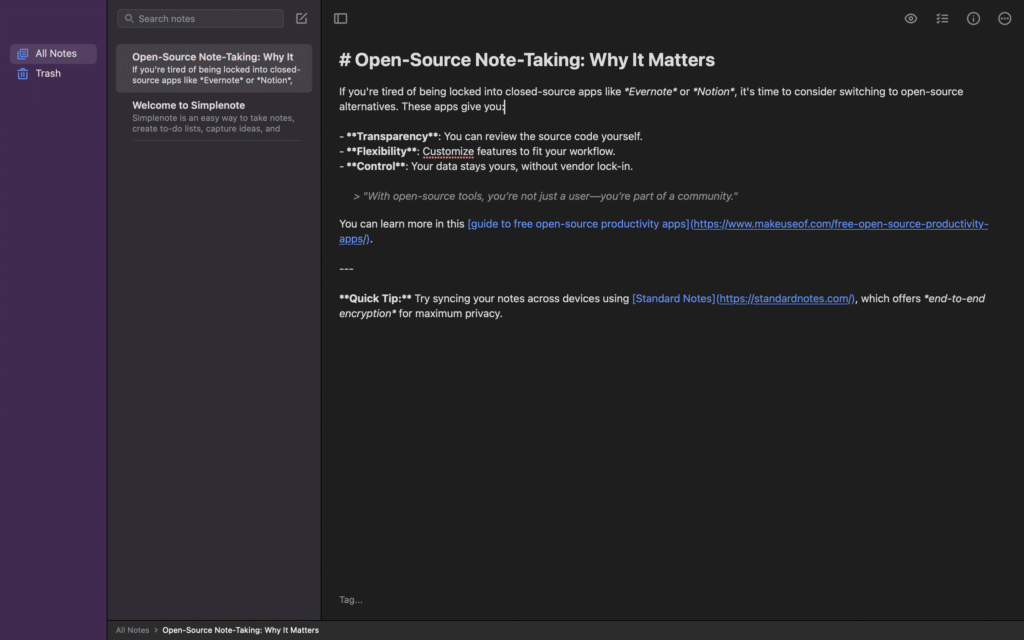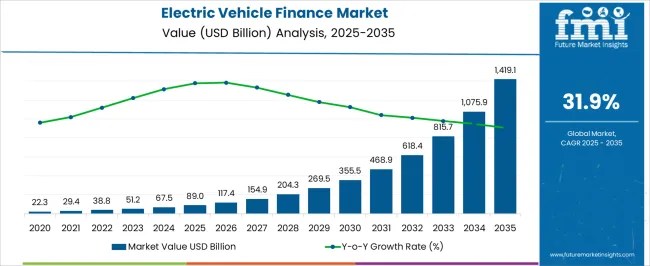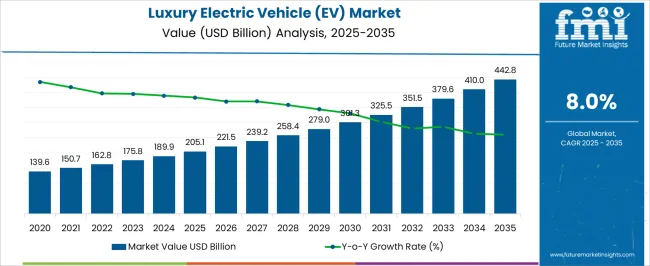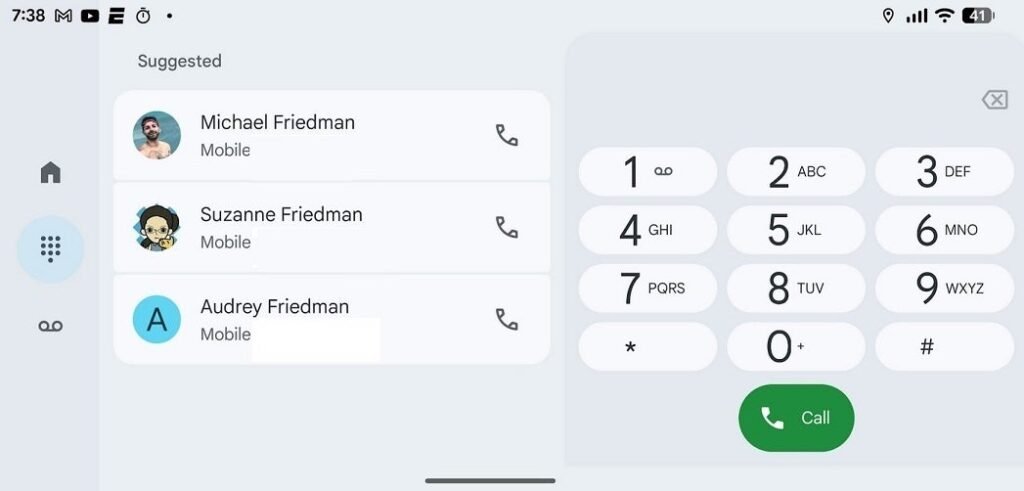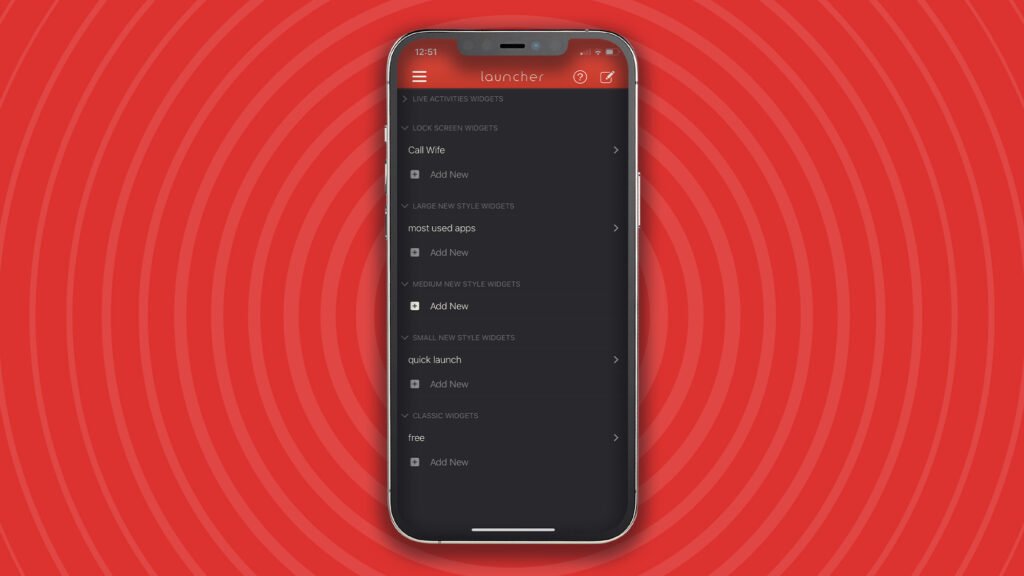When you think about the apps and platforms that shape your daily life, a few big names probably come to mind. There are the tools you use for work, the apps you rely on to stay connected, and even the games you play to unwind. They all seem to belong to different corners of the tech world, built by different companies with different goals. But what if many of them were quietly connected by a single thread?
That thread in this case is Microsoft. While most people associate it with Windows, Office, or Xbox, the company has spent the last decade building an empire in places that don’t immediately scream “Microsoft.”
LinkedIn
The career network everyone uses
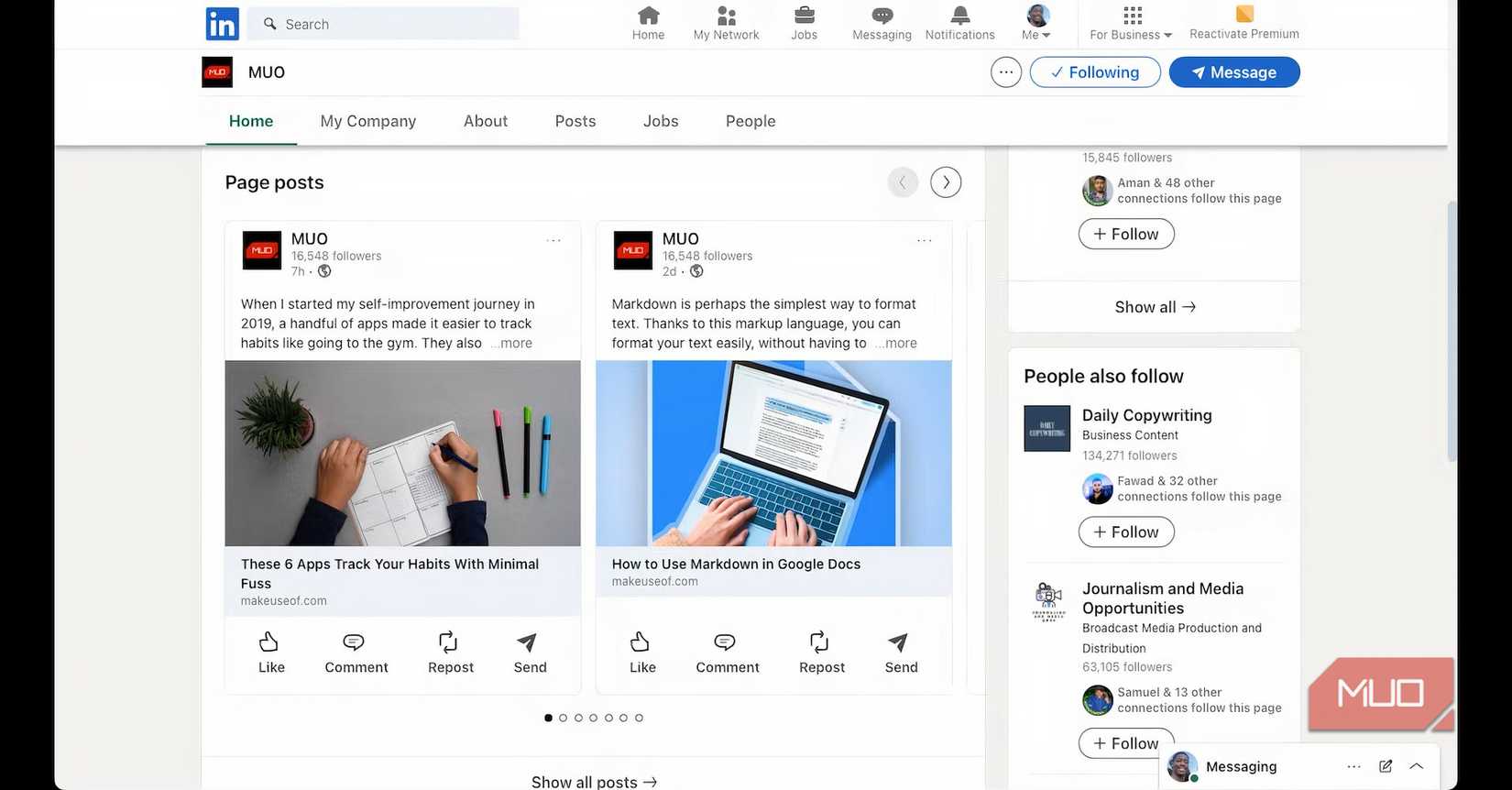
LinkedIn feels like its own world. It’s where professionals connect, recruiters scout talent, and companies put their best face forward. In 2016, Microsoft bought the entire platform in an all-cash deal worth about US$26.2 billion, making it one of the biggest acquisitions in tech history.
Despite being under Microsoft’s wing, LinkedIn has kept its brand identity and culture largely intact. If you log in today, you don’t see a giant Microsoft logo stamped across the top. The experience still feels very much like “LinkedIn.” Behind the scenes, however, Microsoft has been weaving its product ecosystem together with LinkedIn in subtle ways.
For example, Outlook users who connect their LinkedIn accounts can see LinkedIn profile information in profile cards when they email someone (though this depends on user settings and organization policy). And in Microsoft Teams, there are features like LinkedIn tabs or profile cards that surface career and profile data—again, when enabled by admins or the user.
SwiftKey
You probably use this keyboard on your phone
SwiftKey has long been one of the best keyboard apps around, and in 2016, it landed in Microsoft’s lap (the company must have been spending big that year). And while it might have looked like just another app purchase, the real prize was the clever predictive typing engine powering it.
SwiftKey is still alive and well as a standalone app on Android (with a brief stint on iOS, too), and it is getting regular updates. However, its influence stretches much further. Microsoft has woven its language prediction technology into its broader ecosystem. You can see traces of it in Windows’ touch keyboard, particularly in tablet mode, as well as in autocorrect and text suggestions.
GitHub
Where developers build the future
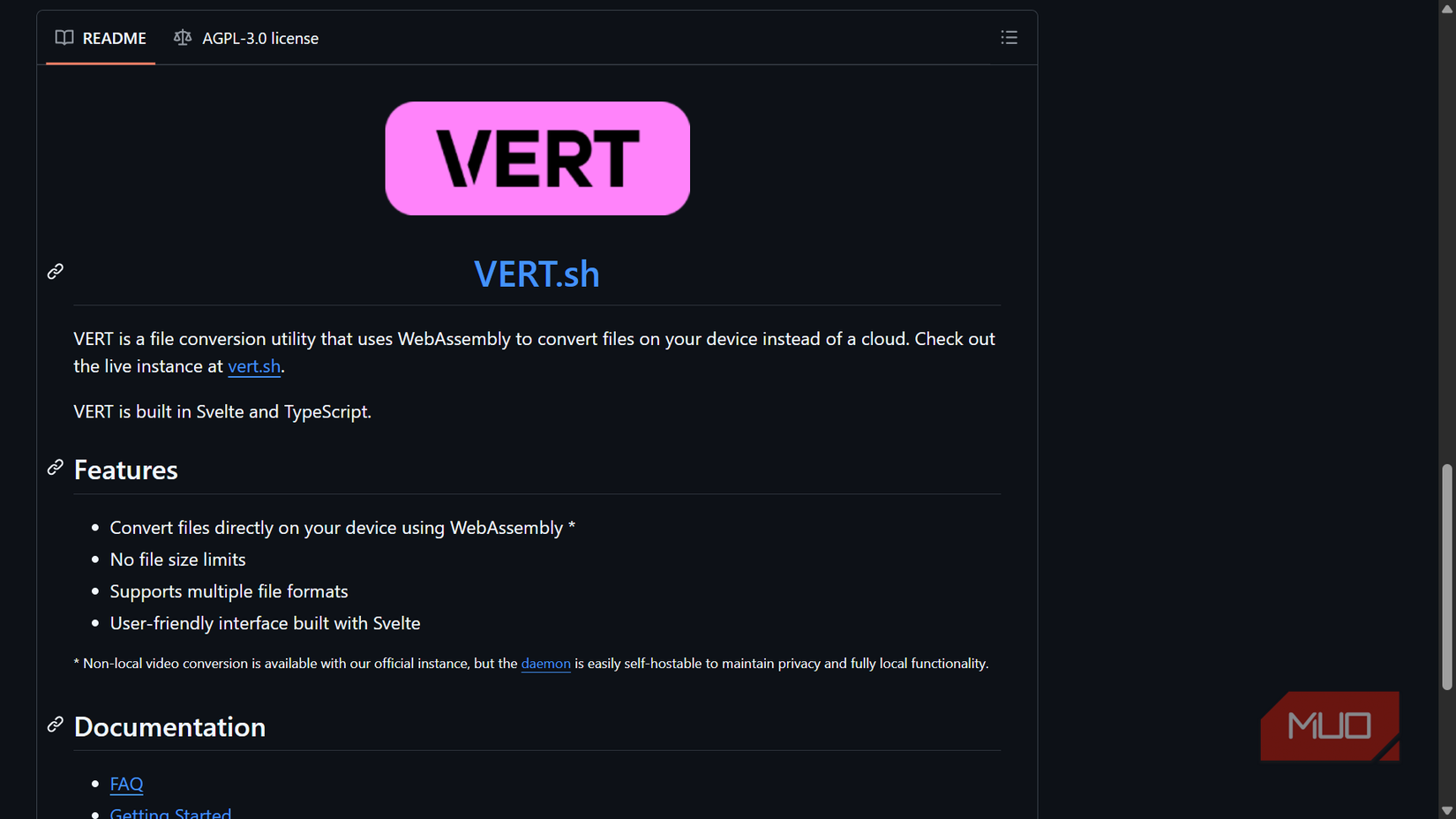
If you’ve ever dabbled in coding or even just read about where developers store and collaborate on software, you’ve heard of GitHub. It’s the central hub of open-source projects and developer teamwork, hosting everything from side projects to frameworks that power the internet.
Microsoft acquired GitHub in 2018 in a $7.5 billion stock deal, a move that made many developers uneasy. Microsoft hadn’t always been well-received in open-source circles, and people worried that GitHub would lose its independent, community-driven feel. But to its credit, GitHub has kept much of its identity and operations as before.
Instead of smothering it, Microsoft seems to have used GitHub as a launchpad for new ideas. GitHub Copilot, the AI code assistant, builds on Microsoft’s infrastructure, and there are tighter ties with Azure services and AI tools. Visual Studio has also added GitHub integrations (login, repository management from inside the IDE, etc.), making it easier to move between writing code locally and collaborating via GitHub.
Skype
The original video call giant

Before Zoom took over living rooms and boardrooms, and before Microsoft threw its full weight behind Teams, there was Skype. Throughout the 2000s and into the early 2010s, Skype was the primary means of making video calls. Families kept in touch across oceans, friends hung out virtually, and plenty of business meetings happened without anyone leaving home. When Microsoft bought Skype in 2011 for about $8.5 billion in cash, it felt like a massive bet on the future of communication.
I remember worrying back then that Skype might lose its spark under Microsoft’s wing. It didn’t vanish right away (the app carried on pretty much as usual), but slowly the shine wore off. Competitors like Zoom, WhatsApp video, and other video conferencing platforms began to pull people away. Then the pandemic hit, and Microsoft doubled down on Teams as the go-to hub for work, school, and collaboration.
Skype isn’t the giant it once was, especially now that Microsoft retired it in May 2025 and is nudging users to migrate over to Teams Free instead. Still, its influence hasn’t vanished. The idea that video calls could be routine, the expectations people now bring to real-time communication, and even Microsoft’s own approach to remote work—all of that can be traced back to Skype paving the way.
Call of Duty, Diablo, and other big games
It all started with buying Activision Blizzard
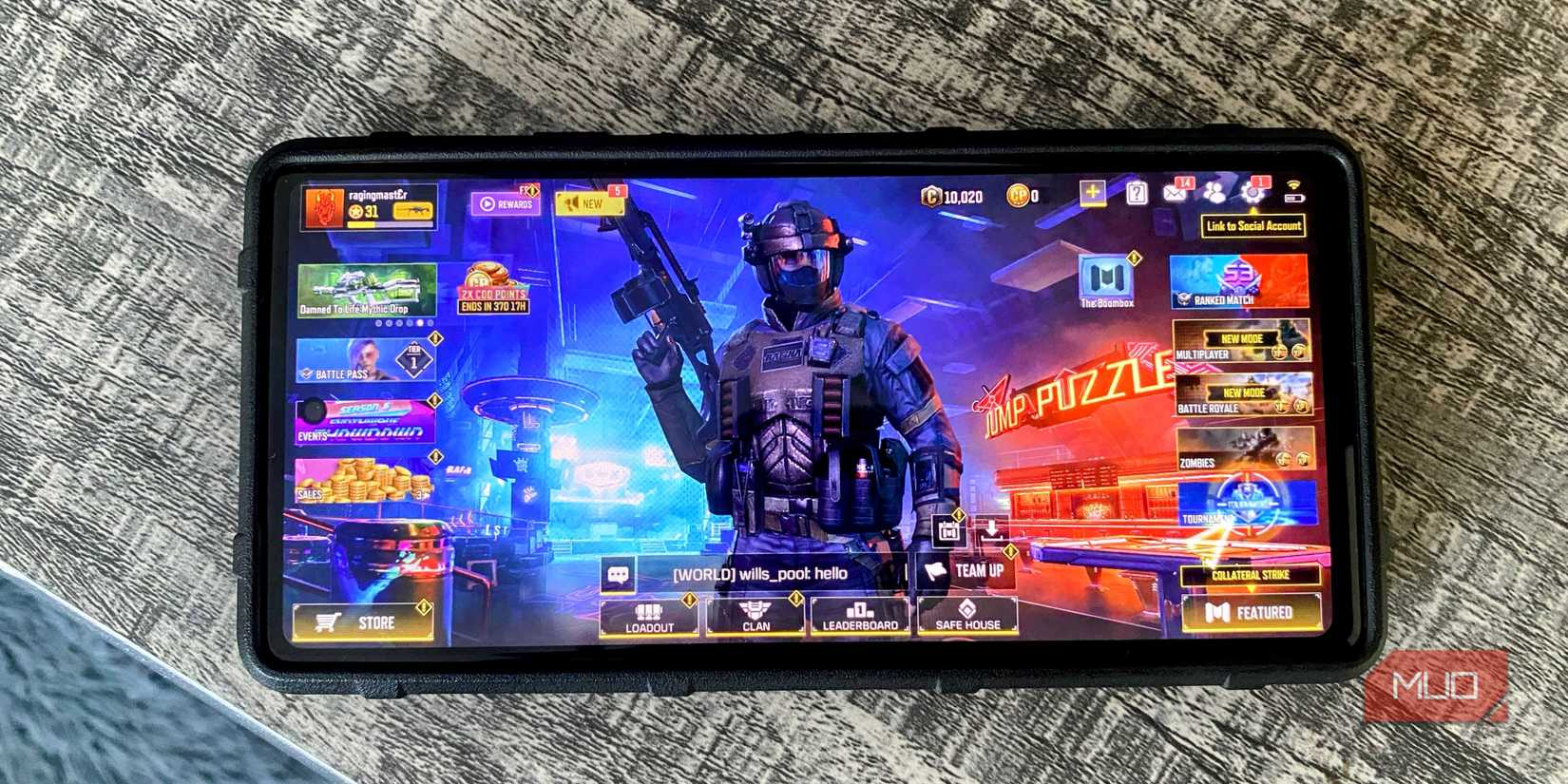
One giant move that sent shockwaves through the gaming world was Microsoft’s purchase of Activision Blizzard in 2023. First announced in early 2022 and finally completed in October 2023, the deal had a jaw-dropping price tag of about $68.7 billion.
The acquisition brought far more than just a few new titles. Microsoft gained control of entire studios and some of the most influential gaming franchises. Call of Duty, Overwatch, World of Warcraft, Diablo, and even the ever-addictive Candy Crush now all sit under Microsoft’s roof.
This was a major boost for Xbox and Microsoft’s overall gaming strategy. With these titles in its library, Game Pass became much more compelling, and Microsoft is now in a stronger position to compete with Sony, Nintendo, and others.
Microsoft is one vast, understated empire
I’m guessing it might surprise you to realize that all these apps, or at least a good chunk of them, actually belong to the same company. This is a very different strategy from the way other tech giants operate. Google and Meta love to splash their names across nearly everything they touch. Microsoft, on the other hand, often lets its acquisitions breathe. It integrates them where it makes sense, without erasing their identities.
So the next time you’re scrolling through LinkedIn, tapping out a text with SwiftKey, pushing code to GitHub, hopping on a Skype call, or dropping into a round of Call of Duty, keep in mind that Microsoft is there in the background. It’s not shouting for attention, but it is subtly stitching all these experiences together into one massive, almost understated empire.

